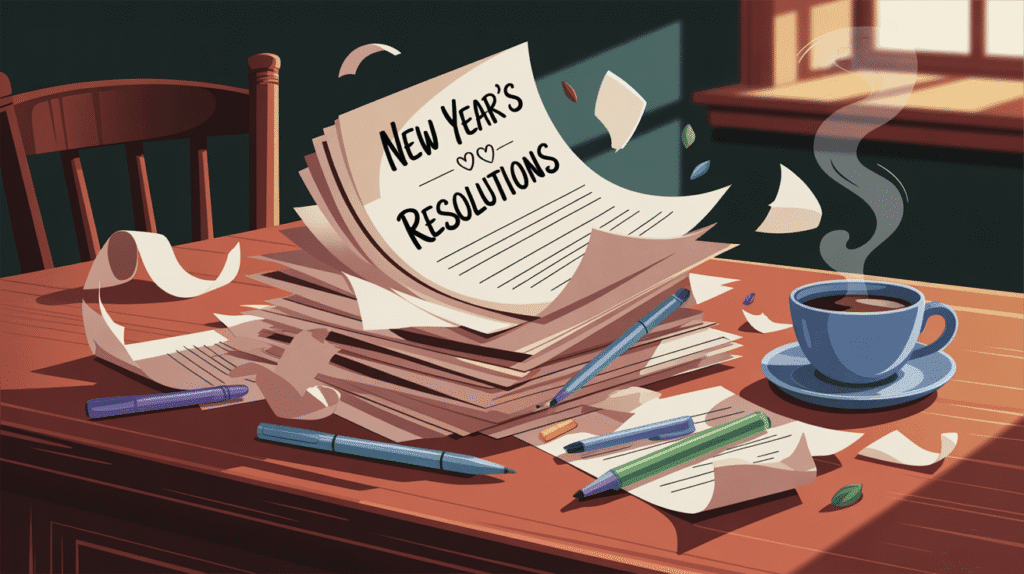
When it comes to breaking bad habits, most people rely on a familiar formula: “If I just want it enough, I’ll change.” It feels intuitive. After all, shouldn’t strong desire lead to strong action?
But motivation — no matter how fiery it feels at first — fades faster than we expect. One hard day at work, one unexpected stressor, and the bad habit creeps back like it never left. This cycle isn’t about personal weakness; it’s about misunderstanding how change really works.
The truth is, breaking habits isn’t about constantly battling temptation or forcing yourself through grit alone. Real, lasting change happens by understanding how habits are structured — and then designing your environment, routines, and rewards to quietly pull you toward better behaviors, even when motivation runs dry.
Motivation feels electric in the beginning. A surge of energy fills you with determination: “This time, I’ll stick to it.” But motivation is naturally unstable — it rises and falls based on sleep, stress, mood, and countless external factors beyond your control.
When you rely solely on willpower, you’re setting yourself up for an exhausting battle against your environment and emotions. No one has infinite mental stamina. Over time, even the strongest burst of motivation crumbles when life gets overwhelming or inconvenient.
Bad habits are resilient because they often operate on autopilot. You don’t consciously decide to scroll your phone for an hour or snack late at night — it just happens. And no matter how motivated you feel in the morning, by evening your cognitive resources are drained, making self-control even harder.
Understanding this isn’t about feeling weak. It’s about realizing that true habit change must go deeper than simply “trying harder.” It must work even when your energy and willpower are at their absolute lowest.

Every habit — good or bad — follows a simple but powerful pattern: Trigger → Routine → Reward. This loop operates quietly in the background, shaping your behavior without requiring much conscious thought.
For example, boredom (trigger) leads to mindlessly scrolling social media (routine) because it provides a quick hit of distraction or entertainment (reward). Over time, this loop becomes automatic — you barely notice it happening.
Breaking a bad habit isn’t about removing willpower challenges. It’s about disrupting this loop. You can change the trigger, replace the routine, or rethink the reward. When you alter the environment and the structure, you make success easier — and failure harder — without relying on brute mental effort.
When we think about breaking bad habits, it’s tempting to aim for a dramatic transformation: “I’ll stop snacking forever,” or “I’ll run five miles every morning starting tomorrow.” But setting huge goals often triggers overwhelm — and overwhelm kills momentum.
Behavioral science shows that tiny, consistent actions are far more effective than giant, sporadic efforts. Micro-changes — like replacing one sugary snack with a piece of fruit or doing two pushups instead of a full workout — feel so easy that they bypass resistance.
These small wins create psychological momentum. Each success, no matter how minor, reinforces your identity as someone who can change. Over time, they compound into massive shifts in behavior and self-belief without the crash of burnout or disappointment.
Instead of thinking, “How do I crush this bad habit today?” think, “What’s the tiniest positive move I can make right now?” Progress isn’t measured by how dramatic the change looks — it’s measured by how consistent it becomes.

Breaking bad habits isn’t about finding an endless supply of willpower or chasing bursts of fleeting motivation. It’s about understanding the deeper patterns driving your behavior and designing smarter systems around them.
When you stop battling yourself and start shaping your environment, habits begin to shift almost effortlessly. It’s not about being stronger — it’s about being strategic. Tiny victories, simple adjustments, and clear habit loops are what truly create lasting change.
Real progress feels surprisingly ordinary. No drama, no perfection — just small steps repeated until they build a different future. The next time you’re tempted to “try harder,” try instead to design smarter — and watch how real transformation quietly unfolds.

Daniel Carter believes that small daily changes lead to extraordinary results. Through simple and effective strategies, he inspires readers to take control of their routines, overcome procrastination, and unlock their full potential.